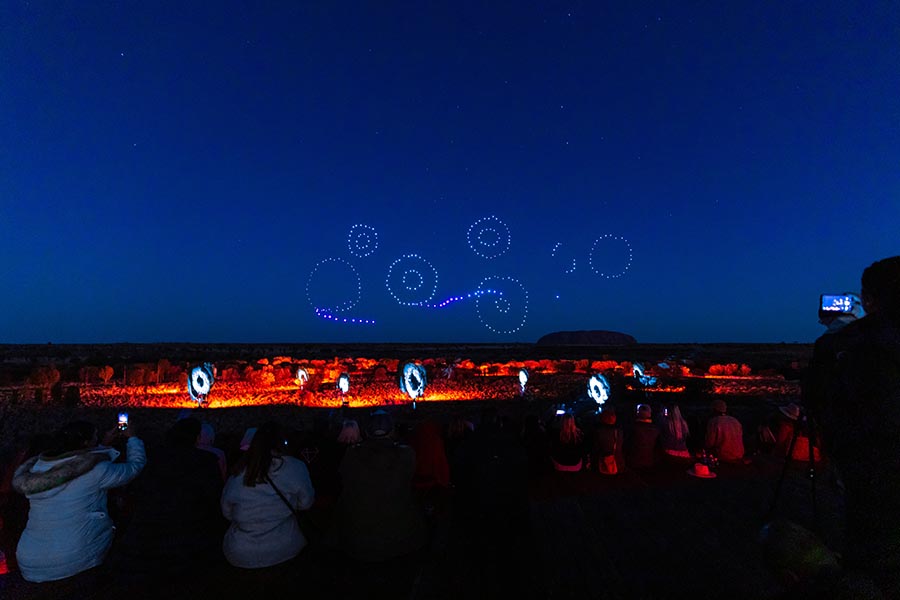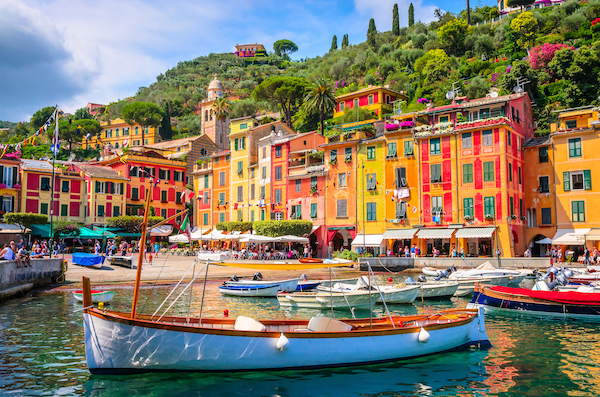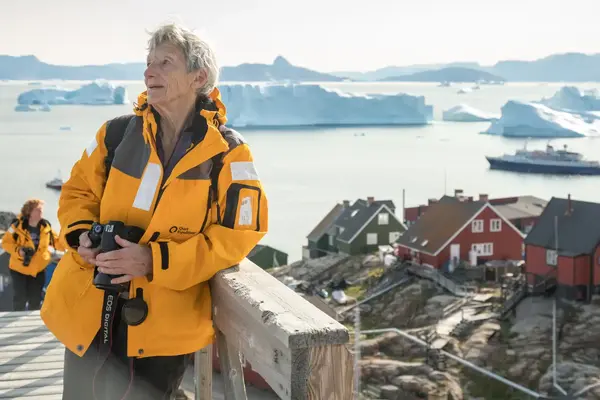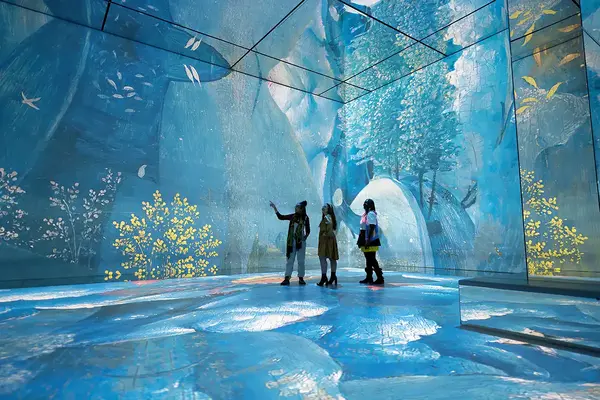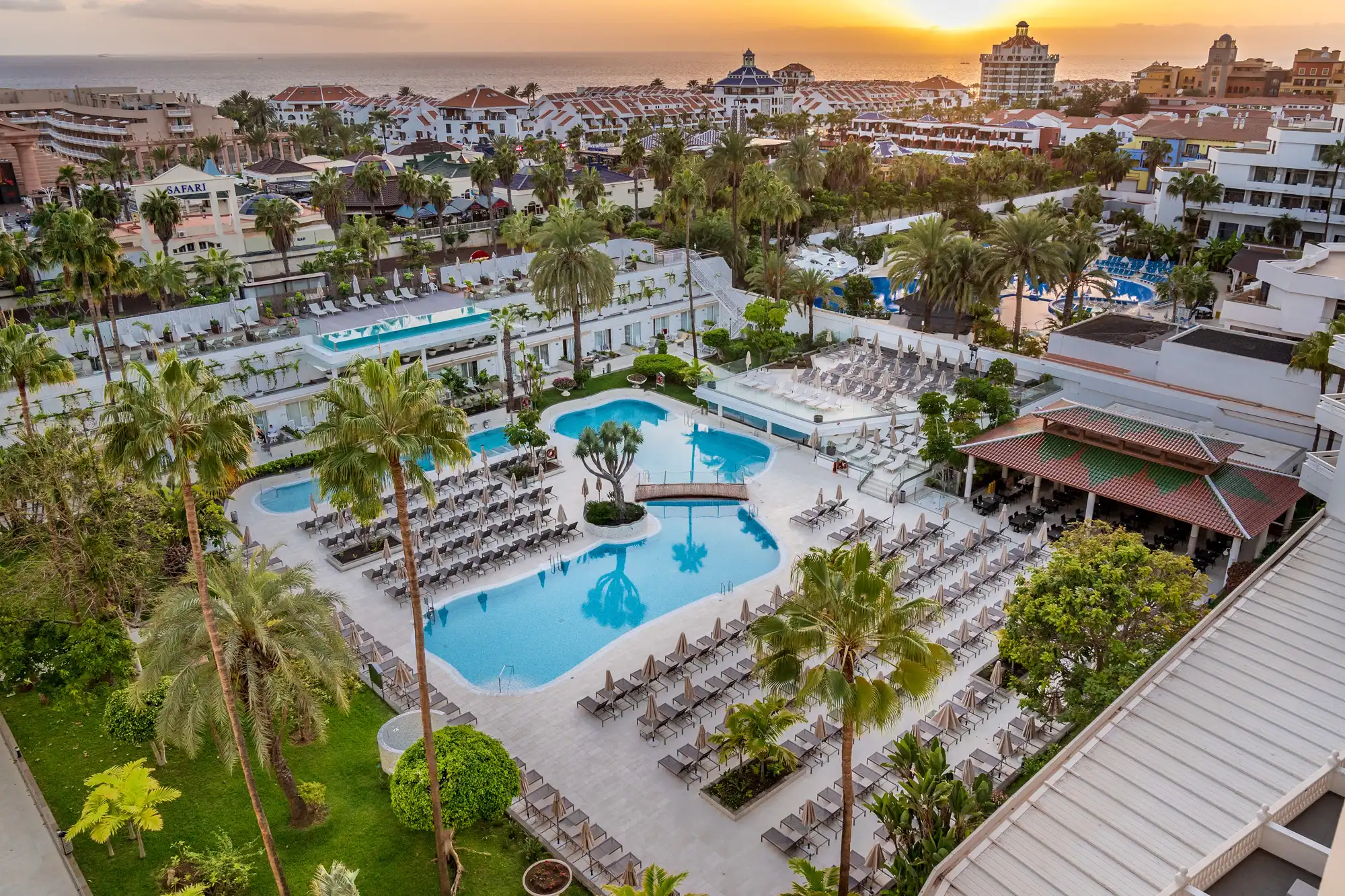A first look at Australia's hottest new attraction
A new sound and light show in the spiritual heart of the Red Centre has been sensitively conceived in collaboration with the country’s First Nation people. Our writer was among the first to witness a ground-breaking piece of theatre illuminating the desert sky

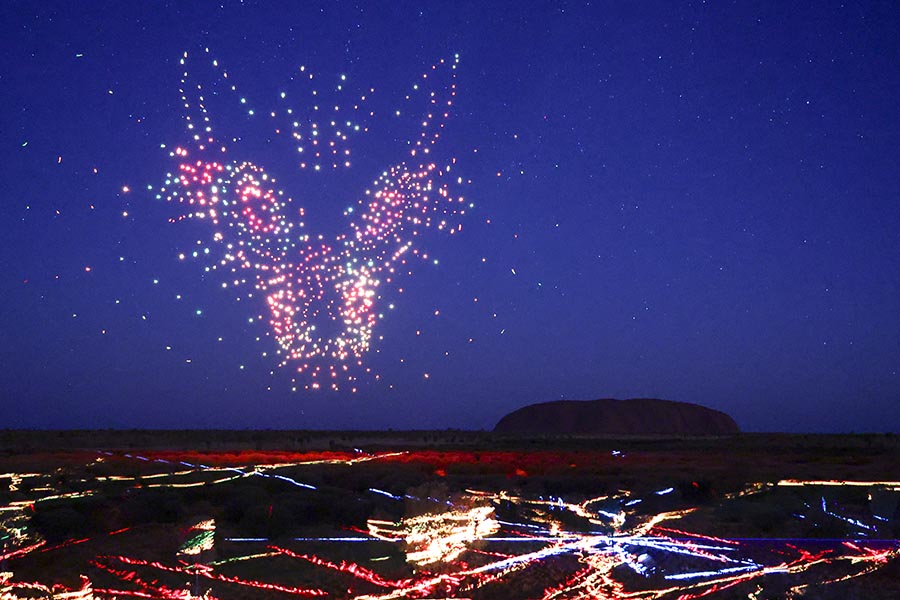
As Uluru’s unmistakable outline fades from view into the darkness and the desert sky unfurls its canopy of stars, the cooling evening air bristles with anticipation. Sat beside my personal picnic hamper on a purpose-built viewing deck, drink in hand, I await my sneak preview of Wintjiri Wiru, the sacred site’s spectacular new multimedia experience, which officially launched last night in Australia.
As it begins, surround-sound audio fills the silent, hushed void as soporific, ‘chillout-esque’ electronic music underscores the scene-setting narration and sonorous singing of Indigenous elders. Then the immersive, 24-minute vivid spectacular explodes into life as more than 1,000 drones take to the sky amid a profusion of projections, lights and lasers.
Cleverly and artfully done, Wintjiri Wiru, meaning ‘beautiful view to the horizon’ in Pitjantjatjara, exquisitely uses the desert landscape and night sky to portray a chapter of the Mala story. A key, ancient story of the Anangu, traditional custodians of the land around Uluru, this part tells of the Mala people and features a cast of characters including Luunpa, the kingfisher woman; Kurpany, a fearsome, shapeshifting ‘devil dog’; and a rufous hare-wallaby, or Mala.
Commissioned by local operator Voyages Indigenous Tourism Australia, operator of Ayers Rock Resort, Wintjiri Wiru was designed by light artist Bruce Ramus. When we meet after, Ramus declares himself “humbled” by the experience before offering an interesting take on Wintjiri Wiru’s appeal, namely that “WE are light, and that’s why we’re drawn to it”.
Matthew Cameron-Smith, chief executive of Voyages, stresses the idea for presenting this story came from the Anangu elders, while the launch follows a lengthy, “frame by frame” consultation with them to ensure the content is sensitively portrayed.
“Everything had to be painstakingly done – that’s why it’s literally taken us years,” he says. “They’re the world’s oldest continuous culture, and they’re not in a hurry, so you’ve got to take your time.”
Minimising the show’s environmental impact was equally key, as “caring for the country is as important as caring for culture”.
Cameron-Smith hopes Voyages’ approach will serve as an example for First Nations projects in other countries, from its community engagement to the remuneration model. Local communities enjoy a profit share from the show’s revenues, via a ‘moneyline’ trust overseen by Voyages, which will administer social welfare projects, as dictated by the Anangu. This in addition to individuals being paid for their involvement.
Phill Pallas, a community engagement consultant working on the project, reveals the Voyages team received cultural sensitivity training and worked closely with Indigenous bodies and lawyers to set the royalty and payment fees for the Indigenous communities and contributors.
“[The elders] were very particular about how they want their story to be told, and it’s their story,” adds Pallas. “And they really have been heard; it’s been a joy to be involved in this.”
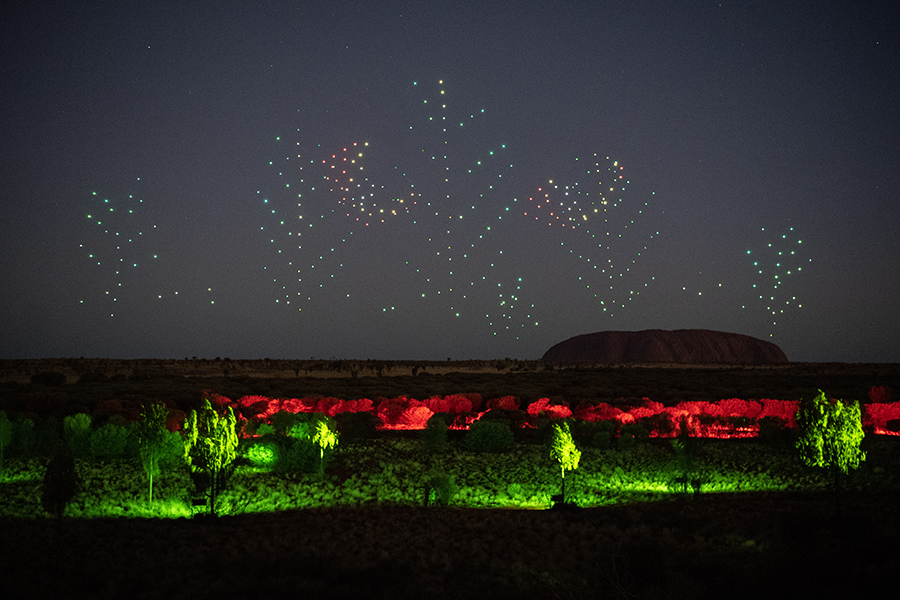
Taking place on land managed by Voyages, agents have two commissionable packages to sell – the adults-only Wintjiri Wiru Sunset Dinner, featuring drinks and canapes, costing AUS $385pp, and the more basic Wintjiri Wiru After Dark, costing AUS $190pp for adults and AUS $95 for children.
A cheaper matinee product launches on July 1, suitable for all ages and provisionally costing AUS $95pp for adults. Agents can also book out whole performances, capped at 130 people, for private groups.
For Voyages, a key objective is to boost visitor nights. “It provides a reason for visitors to reappraise – it’s both a reason to visit and a reason to stay longer,” explains Cameron-Smith.
Price-wise, he adds: “We don’t talk about value for money but value for experience”, and in this he has a point. As spectacles go, Wintjiri Wiru truly delivers, being light years above and beyond traditional sound and light shows, and it’s sure to leave a lasting impression.
Better still, bundle it up for your clients with Bruce Munro’s Field of Light at Uluru and / or the Light-Towers at Discovery Resorts – Kings Canyon, and the Red Centre Way (a six-day round-trip itinerary from Alice Springs via Kings Canyon and Uluru) has never looked so compelling – although nothing can overshadow the sheer, breathtaking majesty of the sacred landscape itself.
